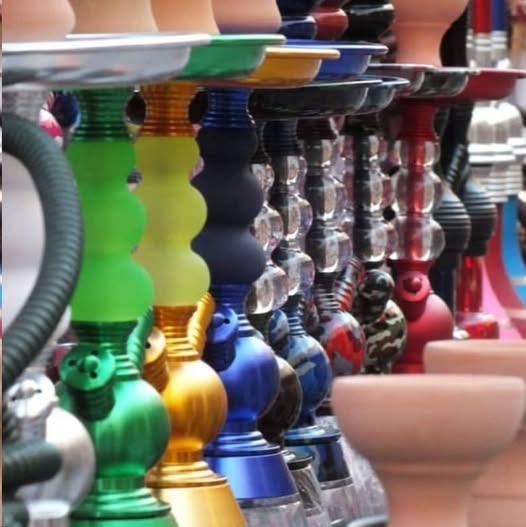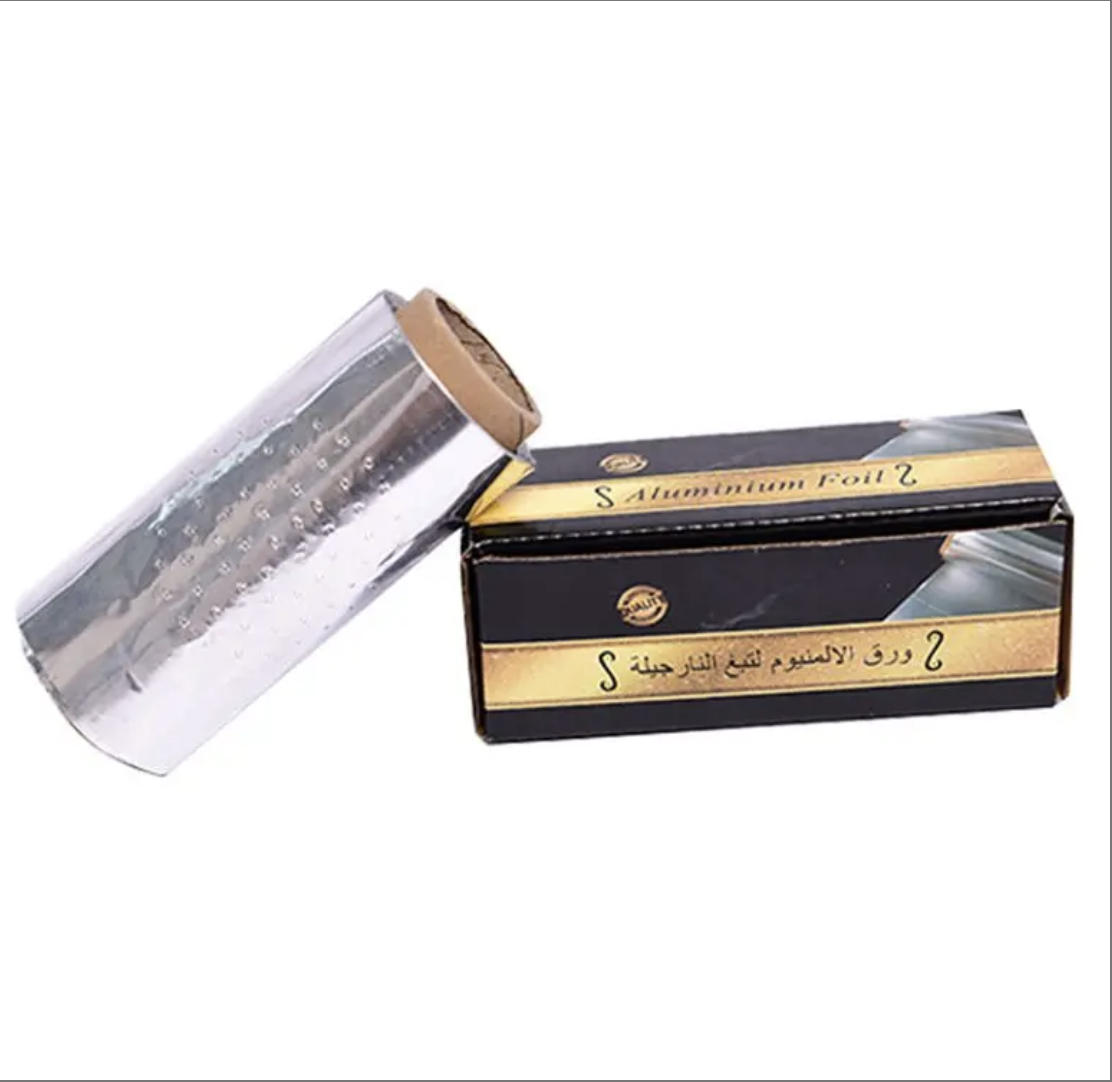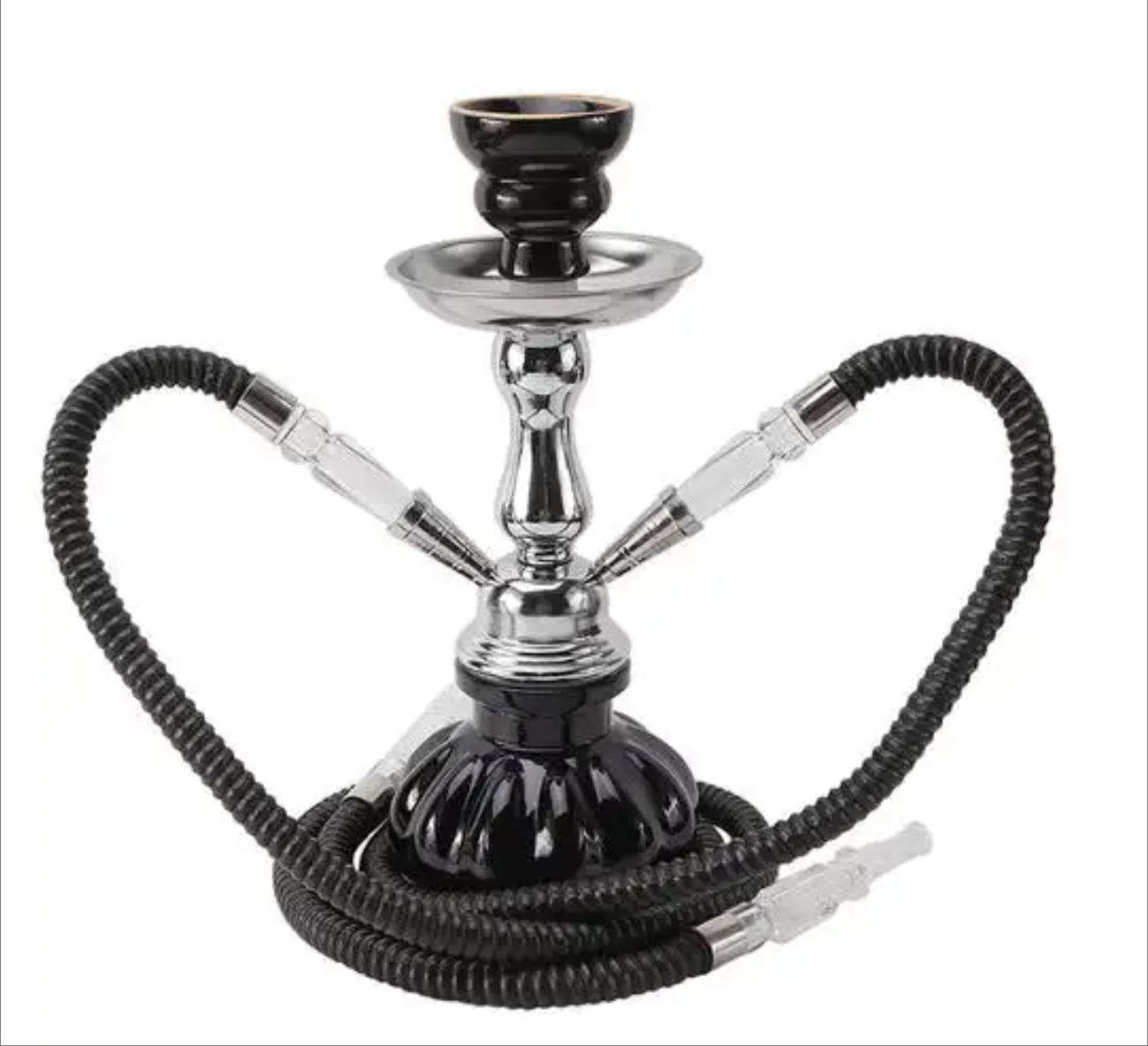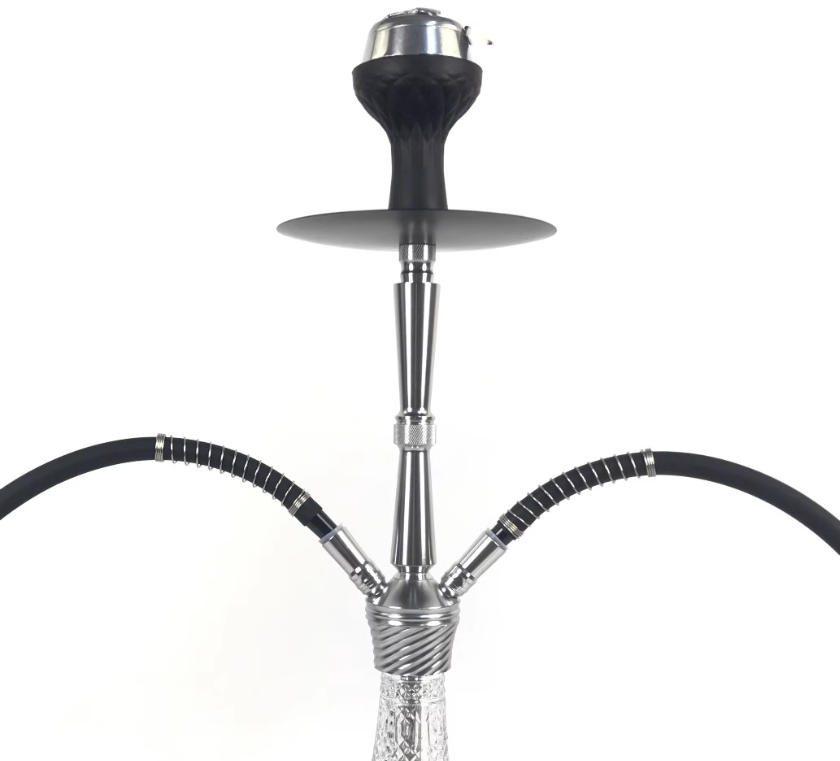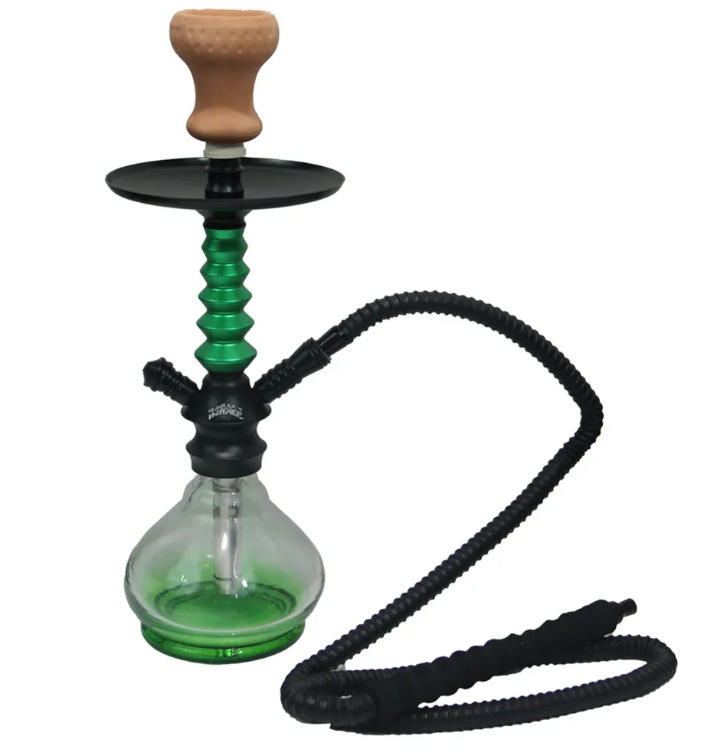China Hookah Wholesale Market: Export Data Analysis and Industry Trends
China hookah wholesale Market: Export Data Analysis and Industry Trends
1. Market Overview
China has emerged as a leading global supplier of hookah products, particularly glass water pipes, which dominate the export market due to their craftsmanship, durability, and aesthetic appeal. The industry benefits from a mature supply chain encompassing raw material procurement, manufacturing, and distribution, enabling rapid scalability and customization to meet international demand.
2. Export Data Highlights
· Primary Export Destinations: The United States remains the largest importer of Chinese hookah products, followed by European markets (e.g., Germany, Spain) and Middle Eastern countries. Emerging markets in Slovenia and French Polynesia have shown notable growth in recent years.
· Product Categories: Exports include glass water pipes, accessories (e.g., hoses, charcoal burners, mouthpieces), and customized gift-box sets. Glass components, especially artisanal designs, account for over 60% of total exports, reflecting consumer preference for premium and eco-friendly products.
· Customs Codes: Hookah accessories fall under HS code 96140090, covering items such as glass bottles, windshields, and ceramic bowls. China also exports plastic hookahs (HS 3924100000) to cost-sensitive markets.
3. Competitive Advantages
· Cost-Efficiency: Leveraging economies of scale, Chinese manufacturers offer competitive pricing without compromising quality, attracting bulk buyers16.
· Innovation: Integration of health-centric features (e.g., advanced filtration systems) and eco-friendly materials aligns with global trends toward sustainable smoking alternatives13.
· E-Commerce Channels: Platforms like Alibaba International Station facilitate direct B2B transactions, with over 35% of global buyers sourcing hookah products through these channels.
4. Challenges
· Trade Barriers: Increasing tariffs and stringent technical standards in markets like the EU and the U.S. pose compliance challenges.
· Quality Control: Instances of substandard products, such as fragile glass components, have occasionally damaged supplier credibility.
5. Strategic Recommendations
· Market Diversification: Target Southeast Asia and Africa, where regulatory environments are less restrictive and demand for affordable hookahs is rising4.
· Certification Compliance: Obtain international certifications (e.g., CE, FDA) to enhance trust and mitigate trade risks.
· Brand Localization: Collaborate with regional distributors to tailor designs to cultural preferences, such as intricate Middle Eastern patterns or minimalist European styles.
Conclusion
China’s hookah industry is poised for sustained growth, driven by robust manufacturing capabilities and adaptability to global market shifts. By addressing quality concerns and capitalizing on emerging opportunities, Chinese wholesalers can solidify their position as indispensable partners in the international hookah trade。

